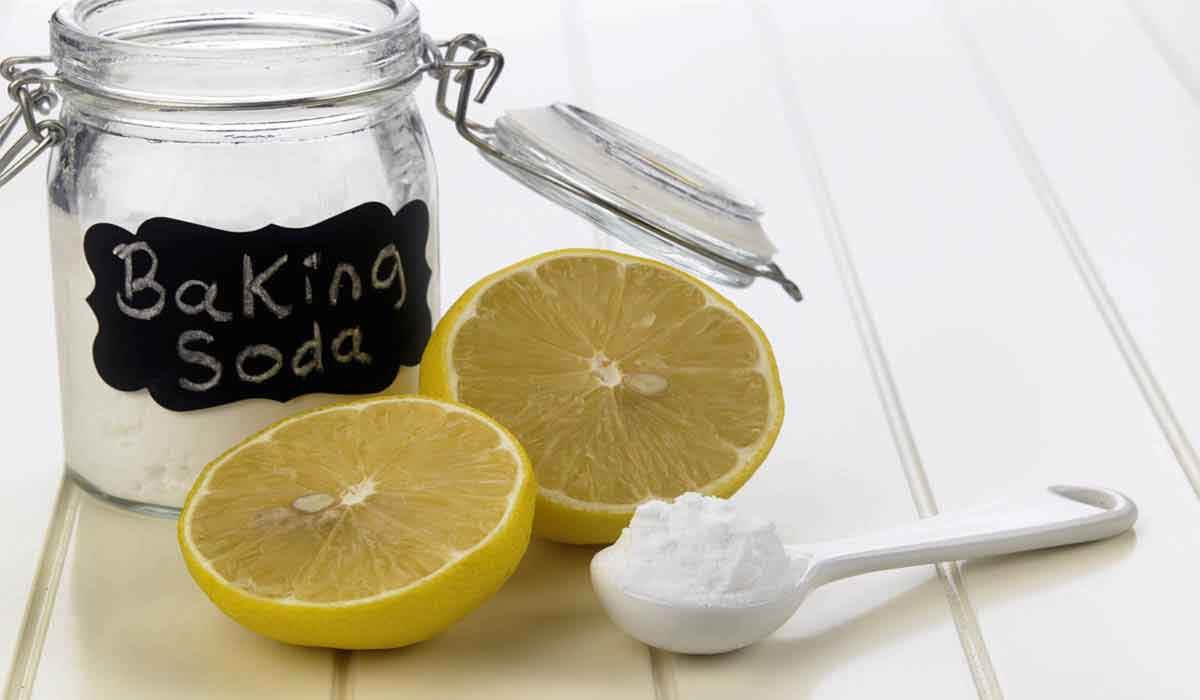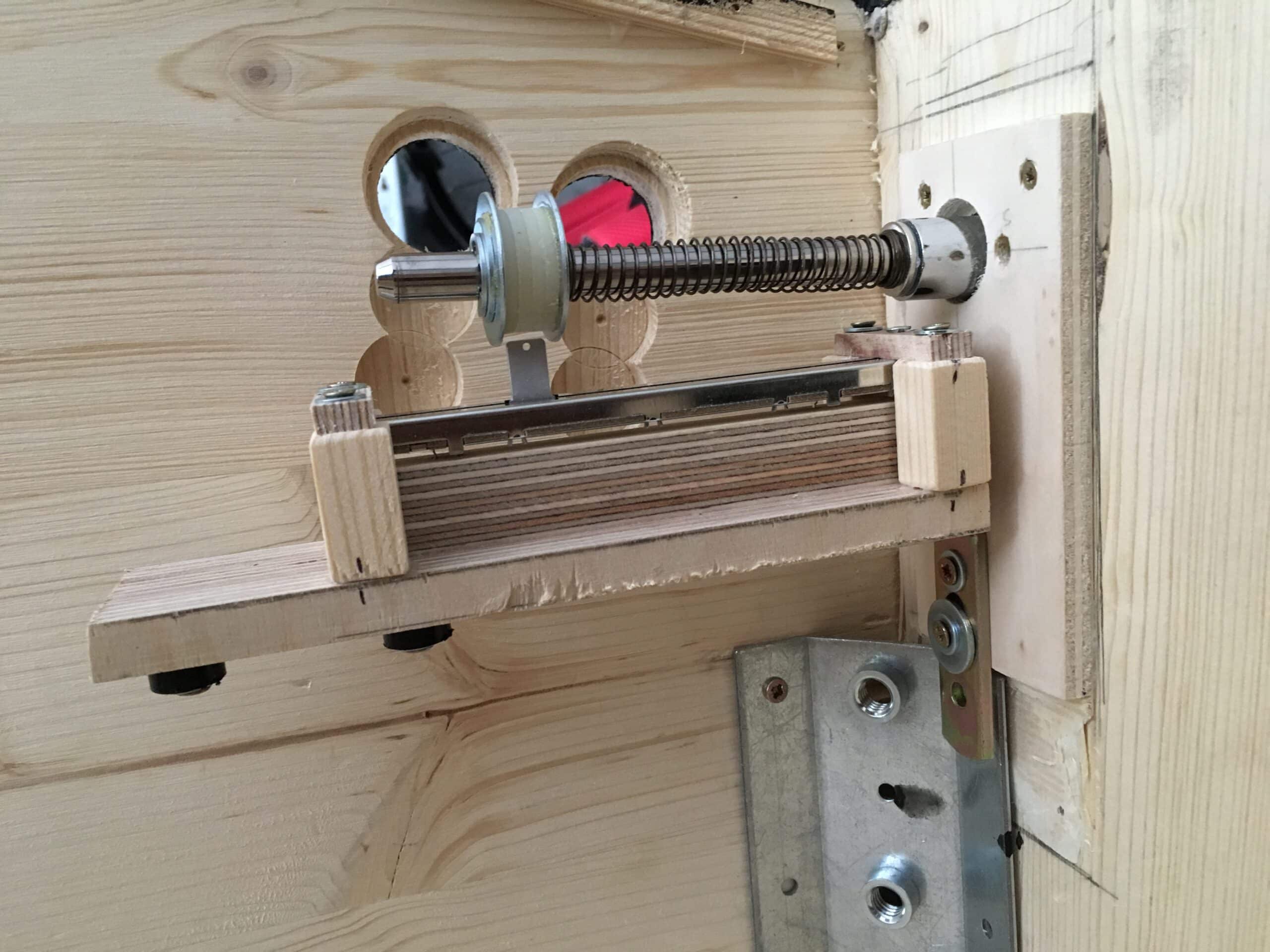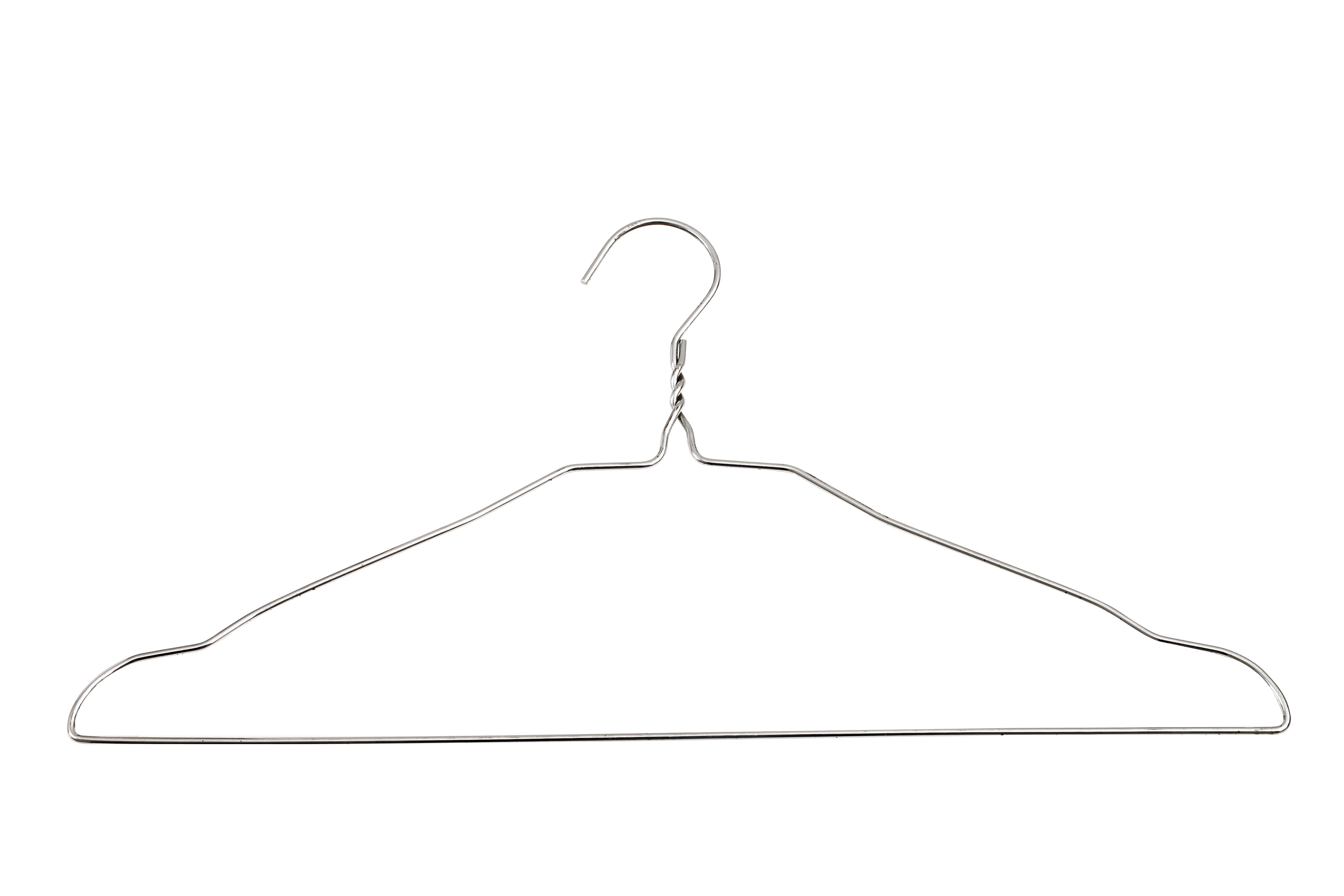One of the most popular and effective DIY drain cleaners for kitchen sinks is a combination of baking soda and vinegar. These two household staples work together to break down any buildup and clogs in your drain. To use this method, start by pouring half a cup of baking soda down the drain. Follow it up with half a cup of apple cider vinegar and immediately cover the drain with a plug or cloth. The chemical reaction between the two ingredients will create a foaming action that will help to loosen and break down any debris in your pipes. After about 15 minutes, pour a pot of boiling water down the drain to flush out any remaining residue. This method is not only effective but also safe for your pipes and the environment.1. Baking Soda and Vinegar
An alternative to using baking soda and vinegar is using a combination of salt and hot water. This method is particularly useful for preventing grease buildup and eliminating odors in your kitchen sink drain. To use this method, pour half a cup of table salt down the drain. Follow it up with a pot of boiling water and let it sit for a few minutes. The hot water will dissolve the salt and create a scrubbing action, helping to loosen any buildup or debris. After about 10 minutes, run hot water down the drain to flush out any remaining residue. This method is not only effective but also cheap and easy to do.2. Salt and Hot Water
If you want a more natural and fresh-smelling DIY drain cleaner, try using a combination of lemon juice and baking soda. Lemon juice has natural cleaning properties and can help to get rid of any unpleasant odors in your drain. To use this method, mix half a cup of baking soda with half a cup of freshly squeezed lemon juice. Pour the mixture down the drain and let it sit for about 30 minutes. The fizzing action will help to break down any buildup and eliminate any bad smells. Afterward, pour a pot of hot water down the drain to flush out any remaining residue. This method is not only effective but also leaves your drain smelling fresh and clean.3. Lemon Juice and Baking Soda
If your kitchen sink drain is clogged with grease and food buildup, using boiling water and dish soap can help to break it down and clear the clog. To use this method, start by boiling a pot of water. While waiting for the water to boil, squirt a generous amount of dish soap down the drain. Pour the boiling water down the drain and let it sit for a few minutes. The hot water and dish soap will work together to dissolve any grease and food particles, allowing them to be easily washed away. This method is simple yet effective and can be used regularly to prevent clogs in your kitchen sink drain.4. Boiling Water and Dish Soap
If you have a stubborn clog in your kitchen sink drain, using a plunger can help to dislodge it and get your drain flowing again. To use this method, make sure there is enough water in the sink to cover the plunger. Place the plunger over the drain and give it a few vigorous pumps. This will create suction and pressure that can help to loosen and dislodge the clog. After a few pumps, remove the plunger and run hot water down the drain to flush out any remaining debris. You may need to repeat this process a few times for tougher clogs, but it is an effective and inexpensive method for clearing a clogged kitchen sink drain.5. Plunger
If you don't have a plunger on hand, a wire hanger can also be used to dislodge a clog in your kitchen sink drain. This method is particularly useful for removing hair and other debris that may be stuck in the drain. To use this method, straighten out a wire hanger and bend one end into a hook. Insert the hook end into the drain and use it to fish out any hair or debris that may be causing the clog. Once you have removed the clog, run hot water down the drain to flush out any remaining debris. This method may not be as effective as a plunger, but it can still help to clear a minor clog in your kitchen sink drain.6. Wire Hanger
If you have a wet/dry vacuum at home, you can also use it to clear a clogged kitchen sink drain. The suction from the vacuum can help to dislodge and remove any debris that may be causing the clog. To use this method, make sure the vacuum is set to the wet function and create a tight seal around the drain with the hose. Turn on the vacuum and let it run for a few minutes, allowing it to suck out any debris in the drain. Afterward, run hot water down the drain to flush out any remaining residue. This method may not be as commonly used as others, but it can be effective in certain situations.7. Wet/Dry Vacuum
If you prefer to use a commercial drain cleaner, opt for an enzyme-based one rather than harsh chemicals. These cleaners use natural enzymes to break down organic matter and are safe for your pipes and the environment. To use this method, follow the instructions on the product and pour it down the drain. Let it sit for the recommended amount of time before flushing it out with hot water. This method is effective for removing buildup and preventing clogs in your kitchen sink drain.8. Enzyme-based Drain Cleaner
If you have a tough clog in your kitchen sink drain, caustic soda (also known as sodium hydroxide) can help to break it down and clear the clog. However, this method should be used with caution as caustic soda is a strong and potentially dangerous chemical. To use this method, mix three cups of caustic soda with three-quarters of a gallon of cold water in a bucket. Stir until the caustic soda is dissolved and then pour it down the drain. Let it sit for about 30 minutes before flushing it out with hot water. Remember to always wear protective gear and follow the instructions carefully when using caustic soda. This method should be used as a last resort for tough clogs.9. Caustic Soda and Hot Water
Another natural and effective DIY drain cleaner for kitchen sinks is a combination of hydrogen peroxide and baking soda. This method is particularly useful for removing mold and mildew buildup in your drain. To use this method, mix half a cup of baking soda with half a cup of hydrogen peroxide. Pour the mixture down the drain and let it sit for about 30 minutes. The fizzing action will help to break down any buildup and eliminate any mold or mildew. Afterward, run hot water down the drain to flush out any remaining residue. This method is not only effective but also safe for your pipes and the environment. In conclusion, there are many effective DIY drain cleaners for kitchen sinks that you can easily make at home. These methods are not only cost-effective but also safe for your pipes and the environment. However, if you have a persistent or severe clog, it is always best to seek professional help to avoid causing further damage to your pipes. Remember to regularly maintain your kitchen sink drain to prevent clogs and keep it running smoothly.10. Hydrogen Peroxide and Baking Soda
Why Use a DIY Drain Cleaner for Your Kitchen Sink?

Saving Money and Time
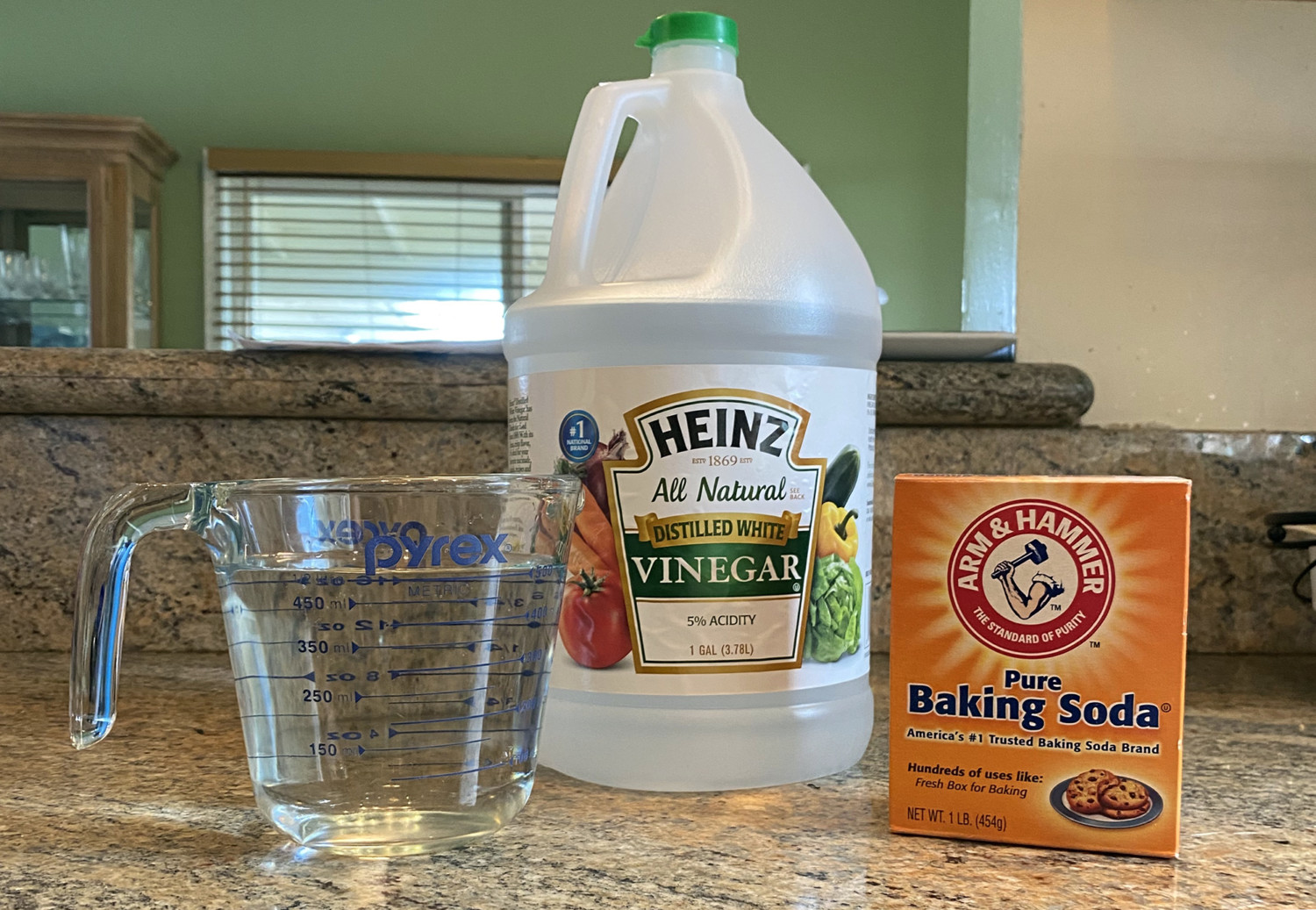 One of the main benefits of using a
DIY drain cleaner
for your
kitchen sink
is the cost-effectiveness and convenience it offers. Professional drain cleaning services can be expensive and may require scheduling an appointment, which can be time-consuming. By making your own drain cleaner at home, you can save money and have it readily available whenever needed.
One of the main benefits of using a
DIY drain cleaner
for your
kitchen sink
is the cost-effectiveness and convenience it offers. Professional drain cleaning services can be expensive and may require scheduling an appointment, which can be time-consuming. By making your own drain cleaner at home, you can save money and have it readily available whenever needed.
Environmentally Friendly
 Another reason to opt for a DIY drain cleaner is that it is
environmentally friendly
. Commercial drain cleaners often contain harsh chemicals that can be harmful to both your health and the environment. By using natural ingredients found in your kitchen, you can effectively clean your drain without causing harm to the environment.
Another reason to opt for a DIY drain cleaner is that it is
environmentally friendly
. Commercial drain cleaners often contain harsh chemicals that can be harmful to both your health and the environment. By using natural ingredients found in your kitchen, you can effectively clean your drain without causing harm to the environment.
Easily Accessible Ingredients
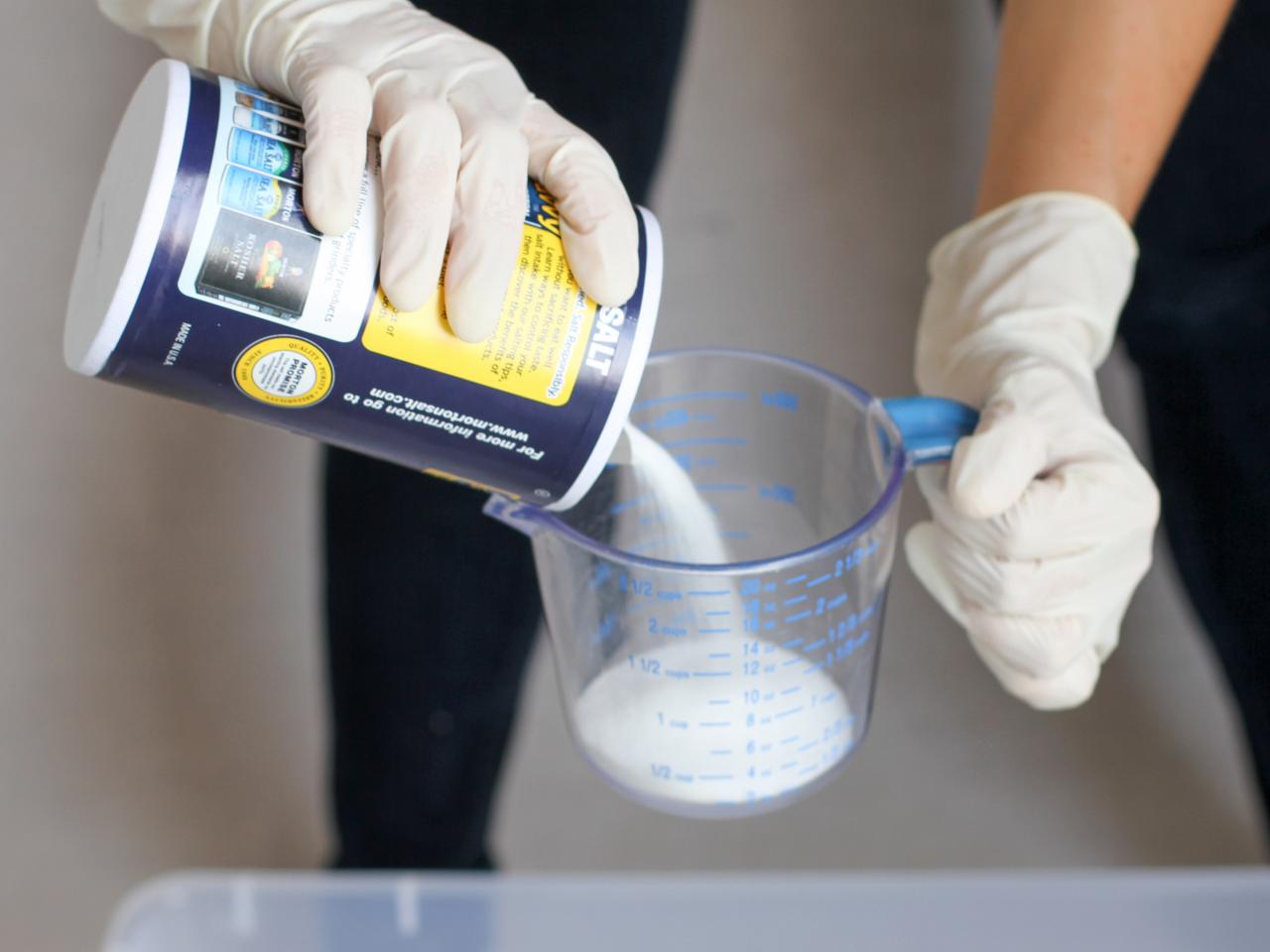 You may be surprised to find that the ingredients needed to make a
DIY drain cleaner
for your
kitchen sink
are readily available in your pantry. Common household items such as baking soda, vinegar, and lemon juice can be combined to create an effective and natural drain cleaner. This not only makes the process more convenient but also eliminates the need to purchase and store potentially harmful chemicals.
You may be surprised to find that the ingredients needed to make a
DIY drain cleaner
for your
kitchen sink
are readily available in your pantry. Common household items such as baking soda, vinegar, and lemon juice can be combined to create an effective and natural drain cleaner. This not only makes the process more convenient but also eliminates the need to purchase and store potentially harmful chemicals.
Effective Results
 Despite being made from simple ingredients, DIY drain cleaners can be just as effective as their commercial counterparts. Baking soda and vinegar, when combined, create a chemical reaction that can break down and dissolve debris and clogs in your drain. Lemon juice can also help to eliminate unpleasant odours and leave your drain smelling fresh.
By using a DIY drain cleaner for your kitchen sink, you can save money, protect the environment, and achieve effective results. With easily accessible ingredients and simple instructions, it is a cost-effective and efficient solution for keeping your drain clean and clog-free. Give it a try and see the difference for yourself!
Despite being made from simple ingredients, DIY drain cleaners can be just as effective as their commercial counterparts. Baking soda and vinegar, when combined, create a chemical reaction that can break down and dissolve debris and clogs in your drain. Lemon juice can also help to eliminate unpleasant odours and leave your drain smelling fresh.
By using a DIY drain cleaner for your kitchen sink, you can save money, protect the environment, and achieve effective results. With easily accessible ingredients and simple instructions, it is a cost-effective and efficient solution for keeping your drain clean and clog-free. Give it a try and see the difference for yourself!






























